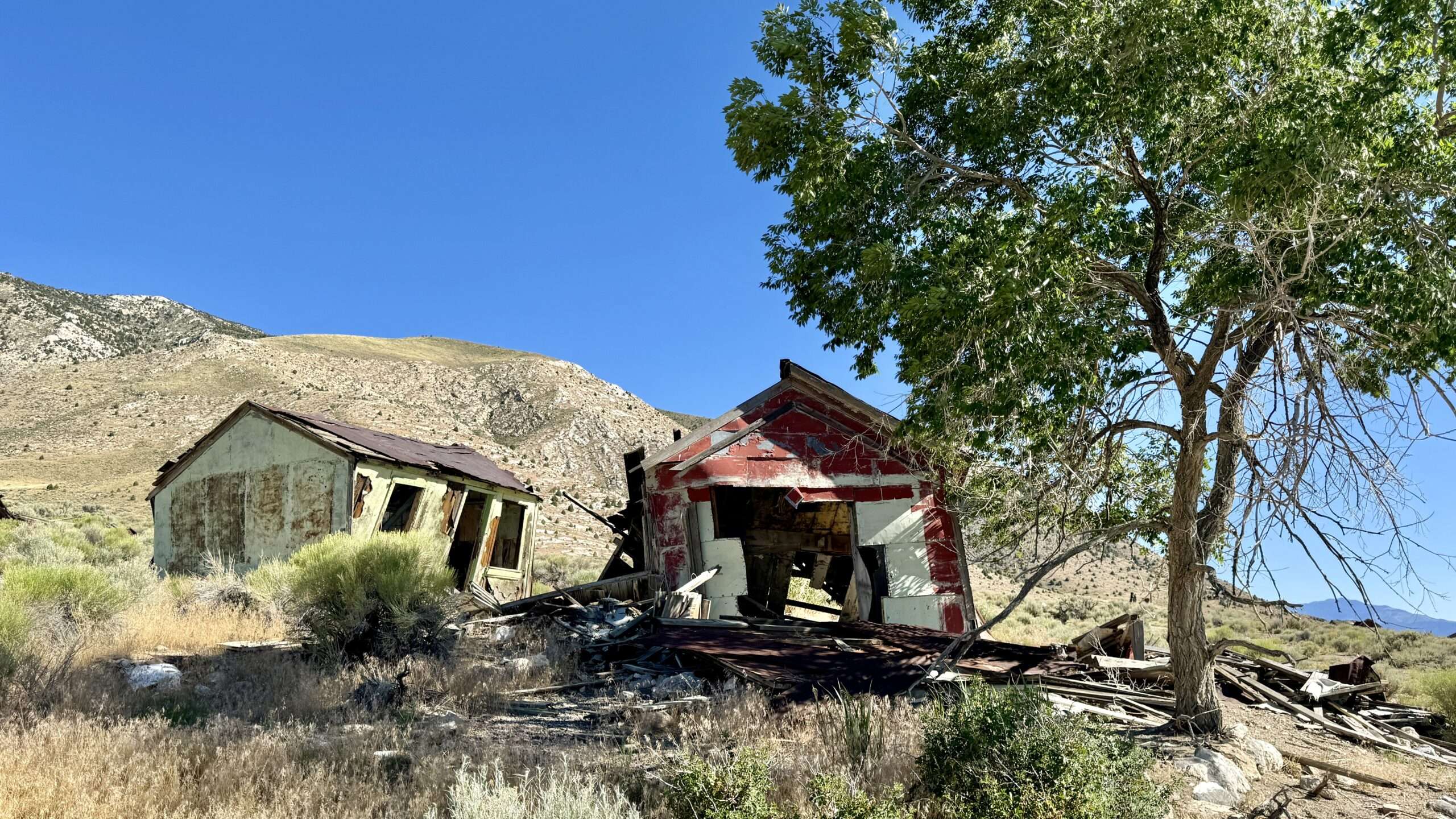
Las Vegas may be known as “Sin City,” but it is not Nevada’s original town of ill repute. Sin cities once dotted Nevada. While company towns provided miners with basic needs, the outlying settlements filled those needs the companies considered less than moral. Three of these sin towns formed outside the company town of McGill. While the two never grew beyond their original purpose, Steptoe City survived for almost fifty years before becoming a ghost town.
While Steptoe City was the more respected of the trio of sinful towns, it has its fill of colorful stories, including murder and lost buried treasure.
McGill

In 1872, John Cowger started a ranch in Steptoe Valley. William Neil McGill and partner Nevada governor Jewett Adams took over the ranch in 1886, growing it into one of the largest cattle ranches in Nevada. A post office opened in 1891.

In 1906, the Steptoe Valley Mining and Smelter Company constructed a large smelter to process copper ore from Ely and Ruth. Initially a tent town, the company laid out a town and built substantial homes for offices, mine executives and skilled laborers. They built stores, boarding houses, a bank and a saloon. The company did not allow gambling or prostitution.
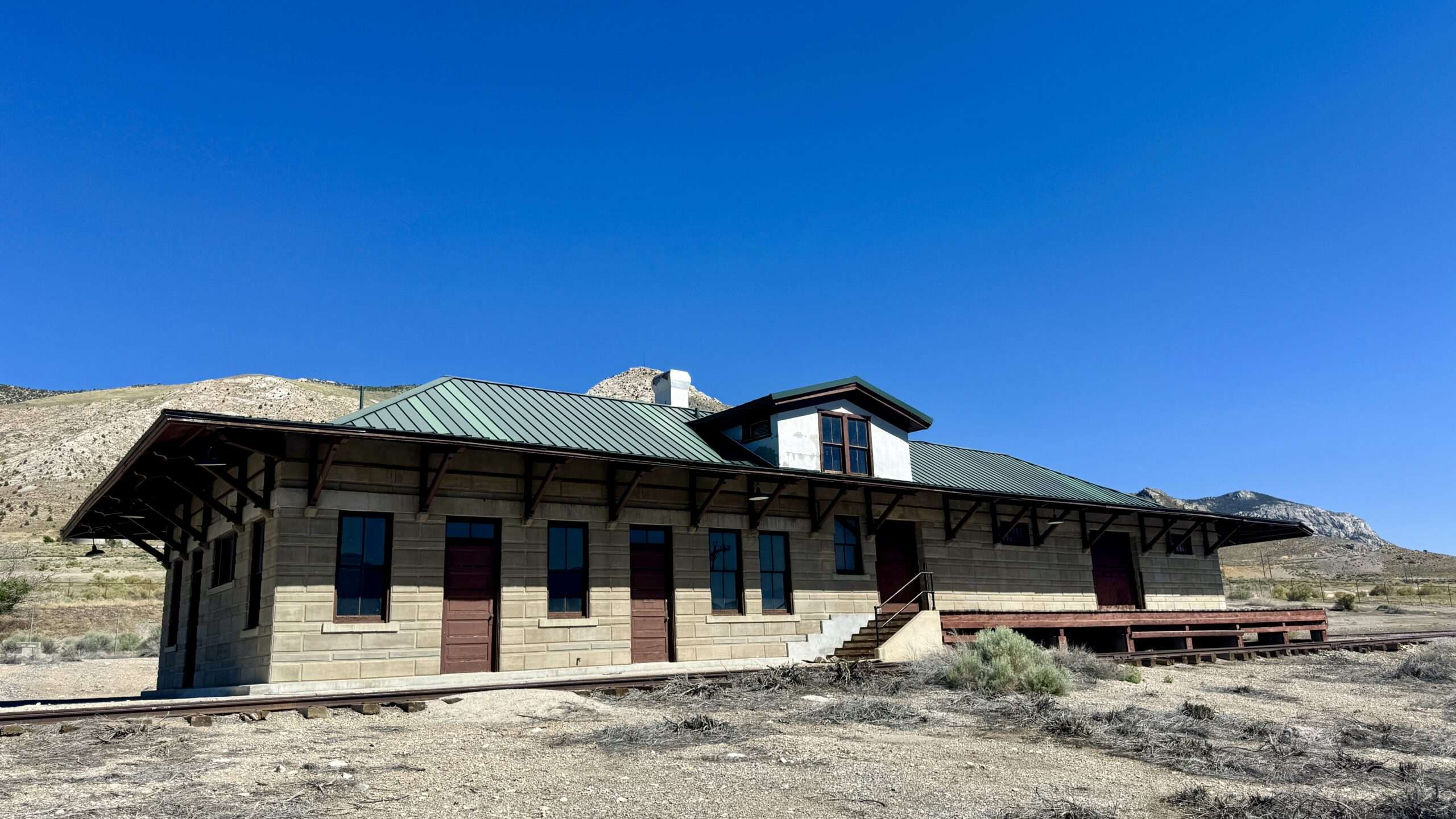
The smelter ramped up production during WWI. The Northern Nevada Railway reached McGill to ship ore between the mines and mill. For a time, the population of McGill exceeded the county seat of Ely.
McGill had its ups and downs relating to mining, but the mill continued to operate until 1983. A decade later, the smelter was dismantled. Less than 1,000 call McGill home today. Many of the beautiful buildings survived and are now private residences.

Sin Towns

Company towns provided employees housing, food, shopping, recreation, and even hospitals. Many did not allow activities they viewed as immoral or, more importantly, would interfere with a productive labor force. Outside of company towns, “Sin towns” developed. These settlements provided miners with what the company towns didn’t: booze, gambling, and women.
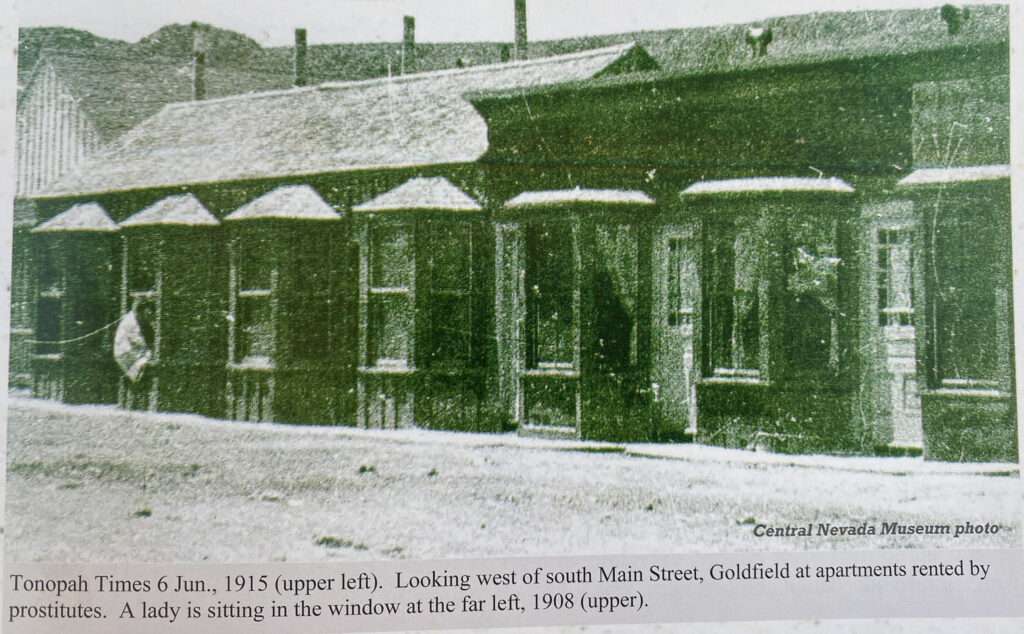
(Photo credit: Historic Places in Central Nevada Adjacent to Nellis Air Force Base. Permission from author Allen Metscher)
McGill had not just one but three sin towns: Steptoe City, Smelterville, Ragdump. The popular settlements offered saloons, gambling halls, dance halls, and cribs where prostitutes flaunted their offerings
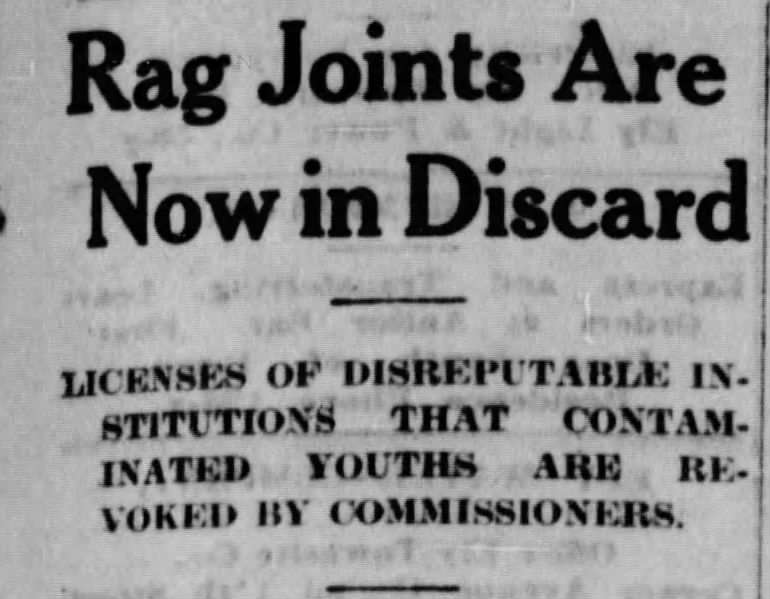
East Ely, Nevada · Sunday, August 23, 1914
Smelterville and Ragdump didn’t grow past their dubious beginnings. Following public disapproval of the town’s immoral activities, they shut down in 1914. Ragdump is now an auto-wrecking business, and tailings cover Smelterville.
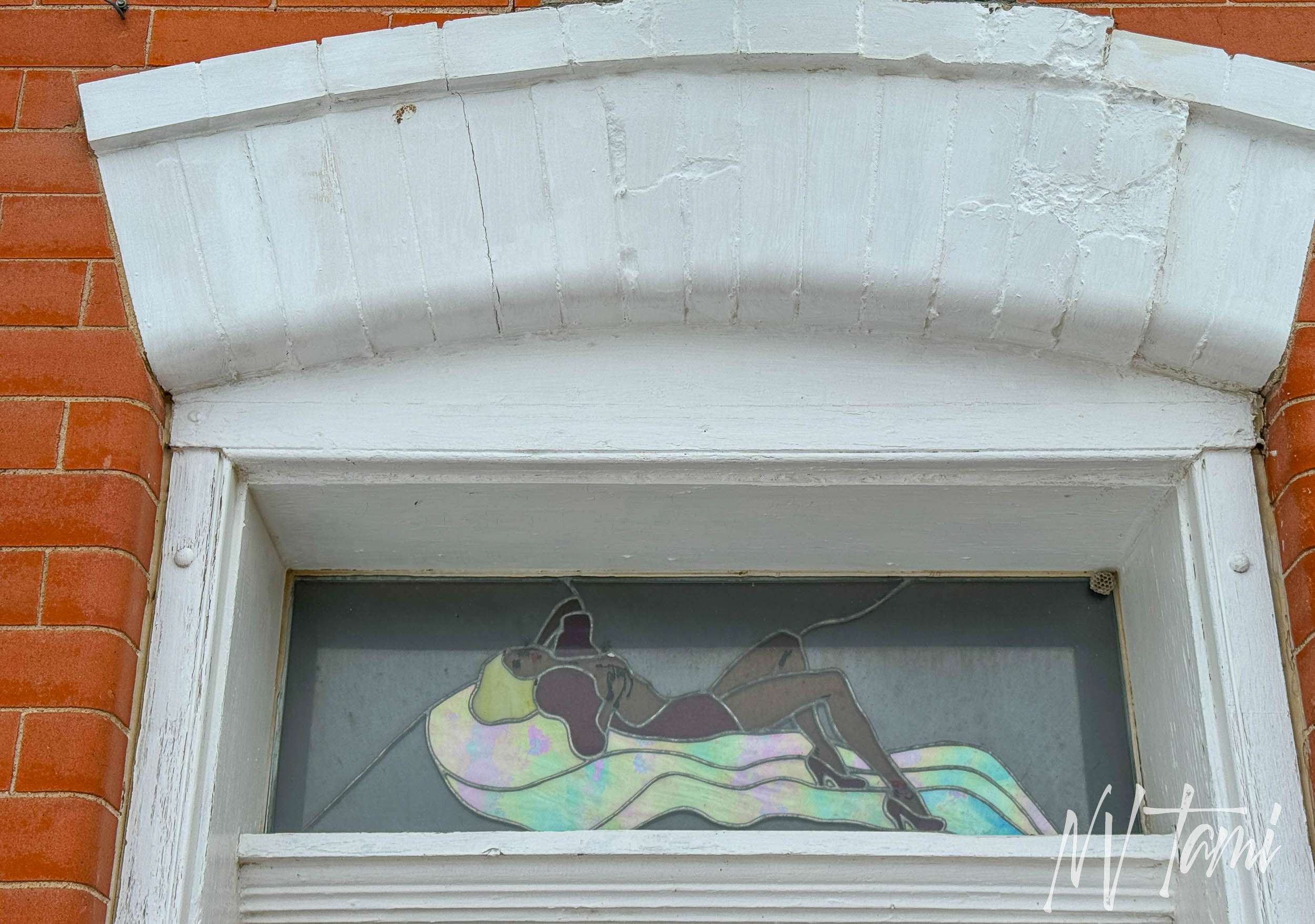
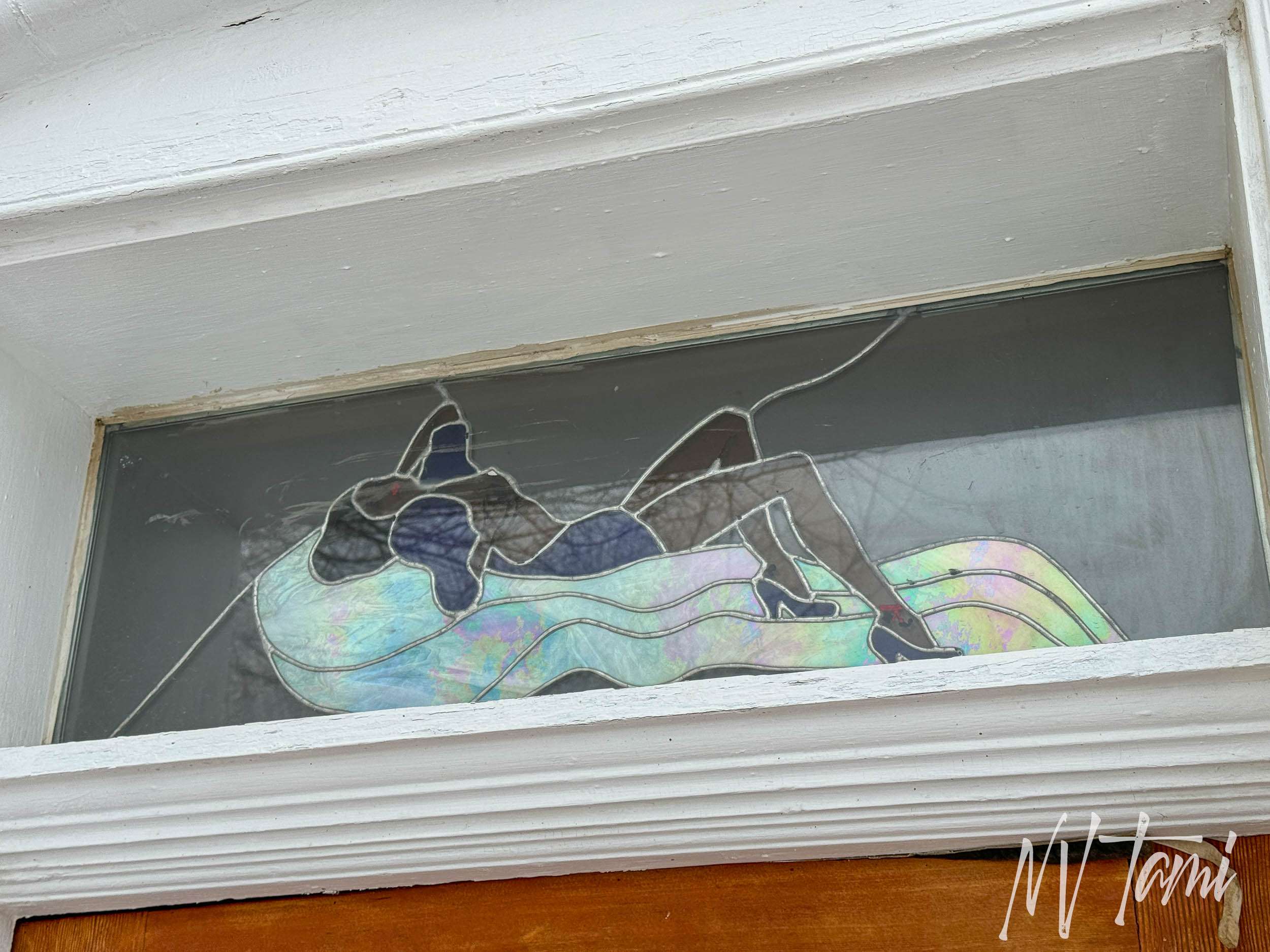
Steptoe City

Steptoe Valley and a small town were settled in 1868. They were named in honor of Colonel E. J. Steptoe, who fought in the Mexican-American and Indian Wars. A post office opened in Steptoe City in 1893, with William Campbell as the first postmaster.

(Photo credit: Wikipedia)
Within a year, Steptoe City included a school, Miner’s Union Hall, saloons, dance halls and a red-light district. In the early 1900s, mine owner Richard Brim purchased lots in Steptoe City and planned a townsite a mile outside McGill. Soon, the settlement was considered a “Lively lead mining camp.”
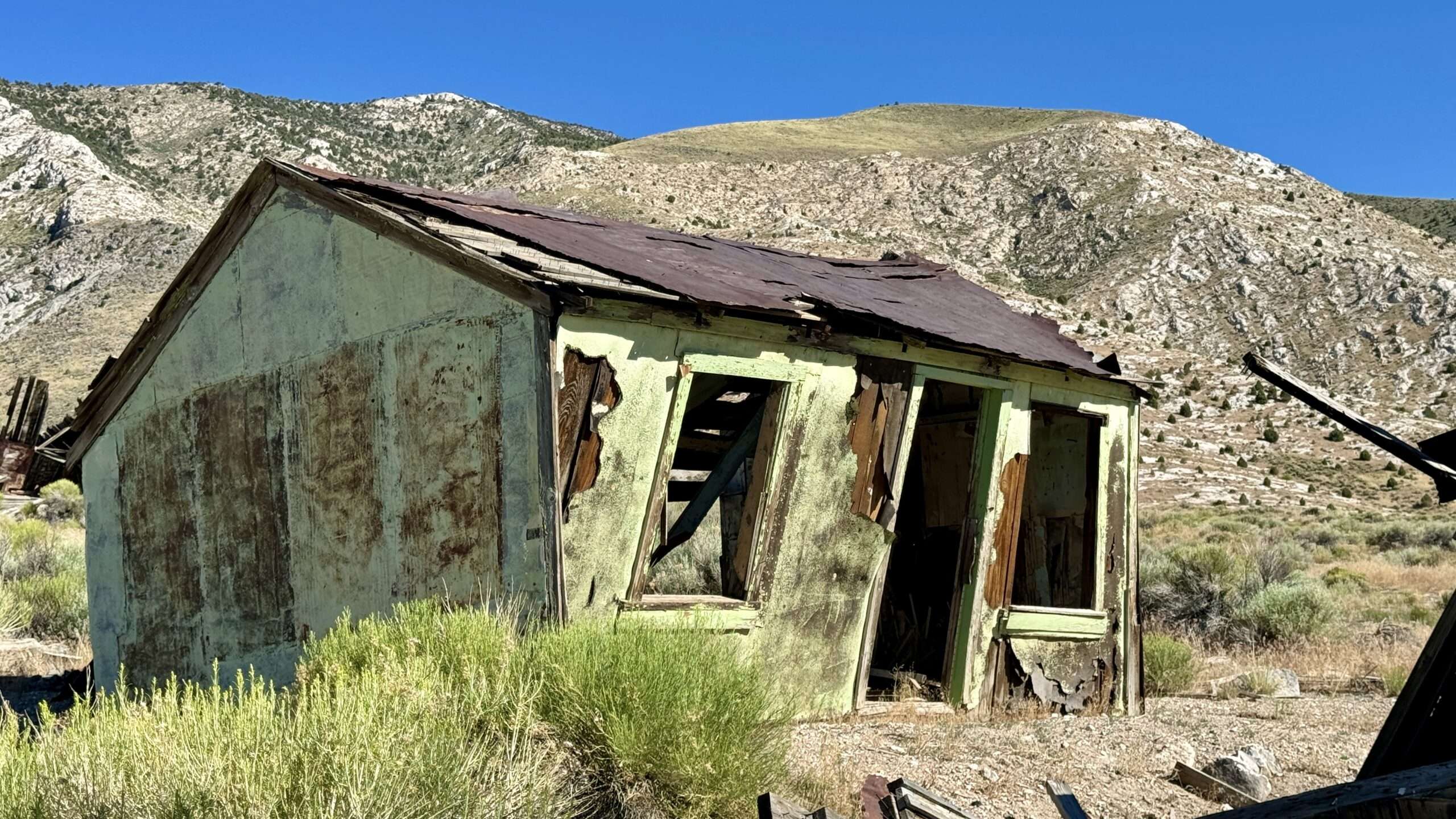
During the construction of McGill, many workers lived in several hundred houses in Steptoe City. Steptoe City was different from its sister sin settlements. It grew beyond its dubious purpose. However, Dr. Hovenden, a company physician of 40 years, described Steptoe City as “the toughest little camp in the state.”

At its peak in the 1920s, 150 people called Steptoe City home. In 1926, a fire destroyed much of the town. A handful of residents hung on, and the town continued to provide housing for the overflow from McGill.
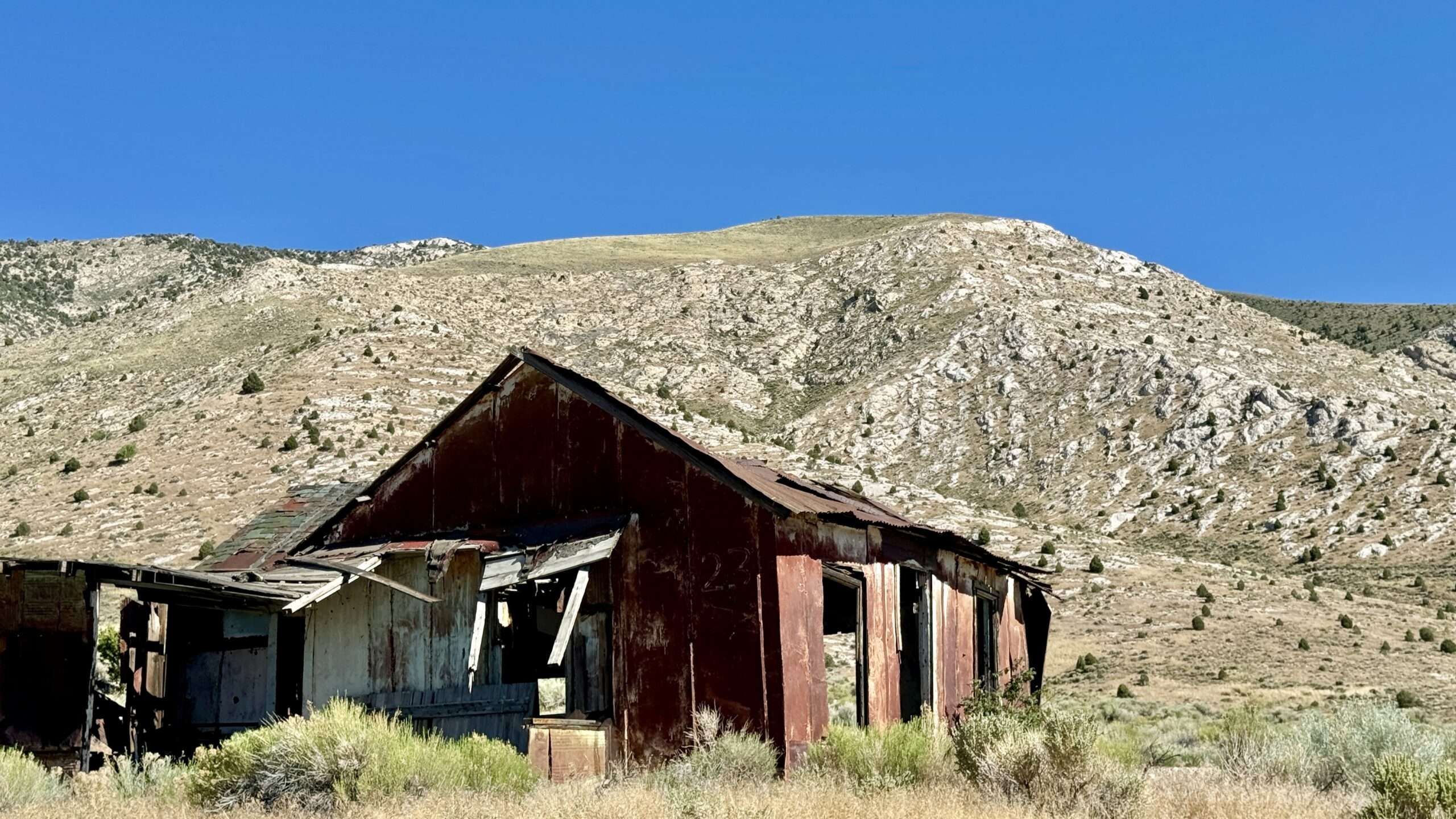
As housing became available in McGill and Ely, residents left Steptoe City, relocating substantial homes or selling and abandoning smaller ones. By 1948, only fifty houses remained most vacant and near collapse. A handful of hardy residents remained in Steptoe City into the 1970s.
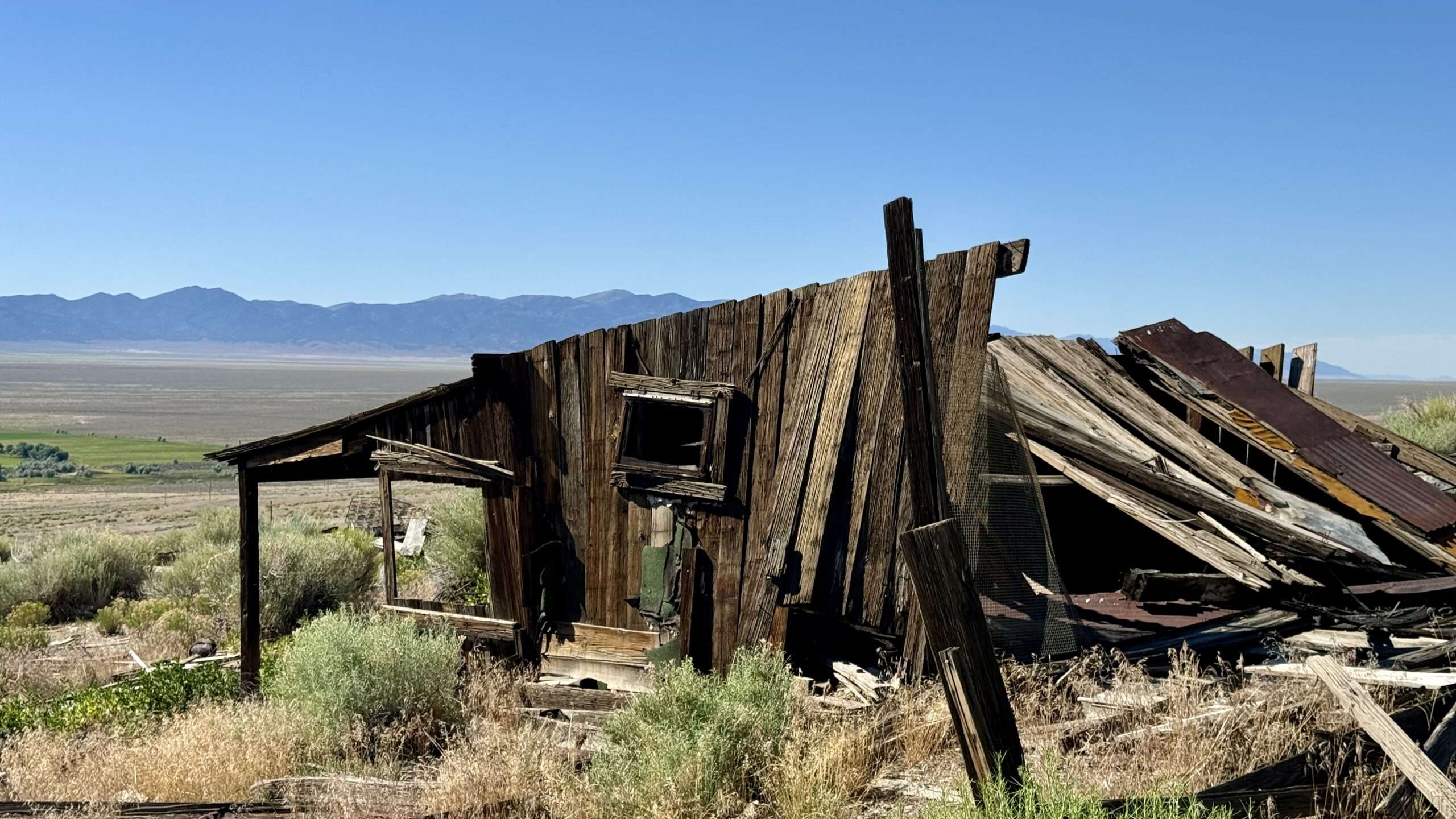
Mrs. Ella’s Rentals
Mrs. Ella Moore assumed control of many Steptoe Cities shacks, renting a furnished three-room house for $10 monthly. Along with her boarding house, Ella earned $500 a month. Billy Thomas, nightwatchman of the Kennecott Mill, was also a landlord, renting homes to mill workers while they waited for other housing.

(Nevada State Journal Sunday, February 27, 1955)
Those residing in Steptoe City in the 1940s described it as living in the 1890s. Lanterns provided light, heating came from harvesting pinion and mountain mahogany, the only restrooms were outdoor privies and bathing was done once a week by the stove. The one thing in abundance in the rustic town was water, provided by a pipeline from Duck Creek to McGill, with the pipe bisecting Steptoe City.
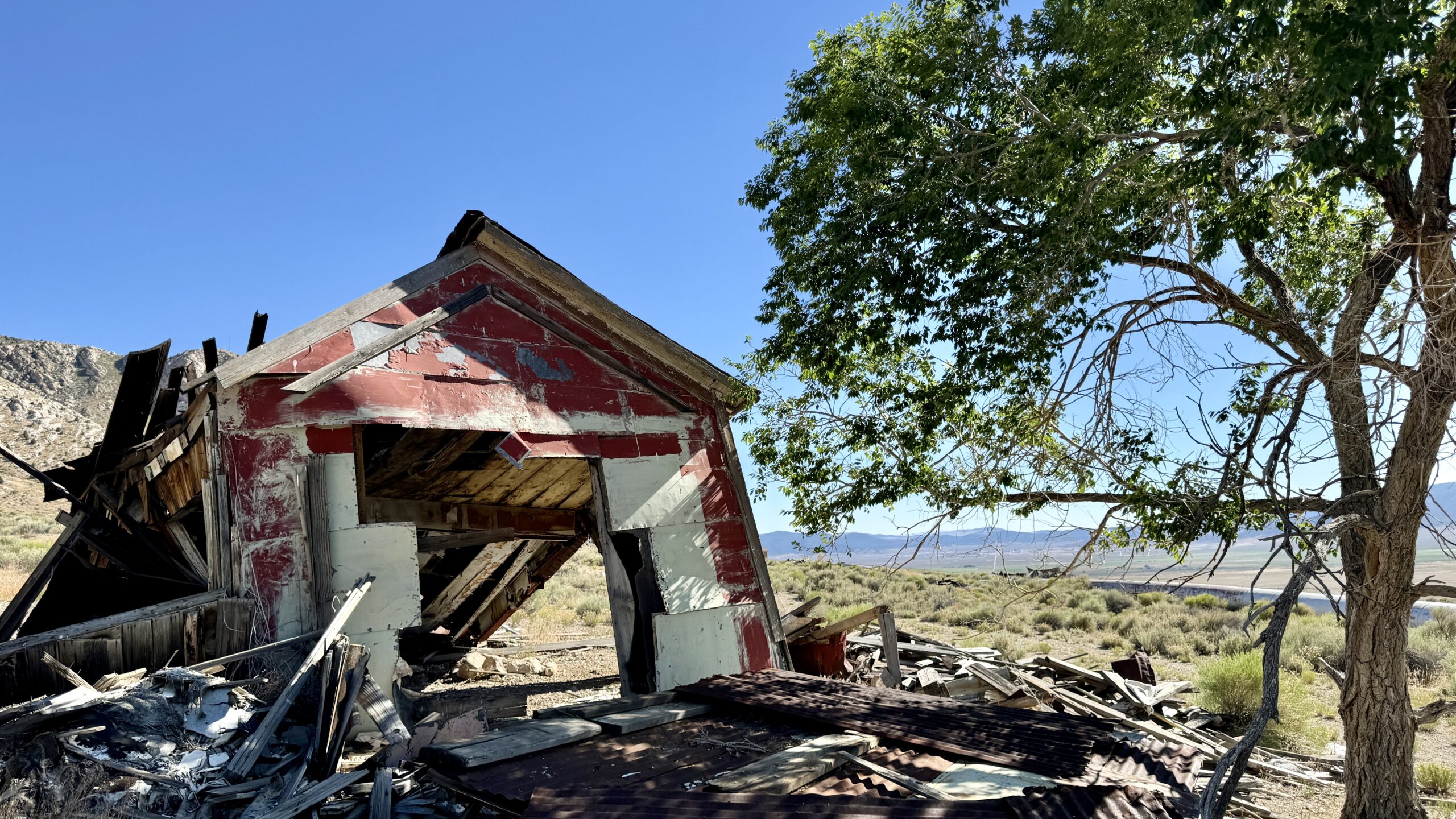
Mrs. Ella Moore walked new tenants through the vacant homes where they could select furnishings for their rental. Along the way, she relayed Steptoe’s stories. In the old Miner’s Hall, which Moore converted into an apartment building, a tenant’s illegal moonshine still exploded, burning down the structure. In one shack, she found poor Bill with his throat slit. She kept the knife the murderer used, offering to show it to visitors.
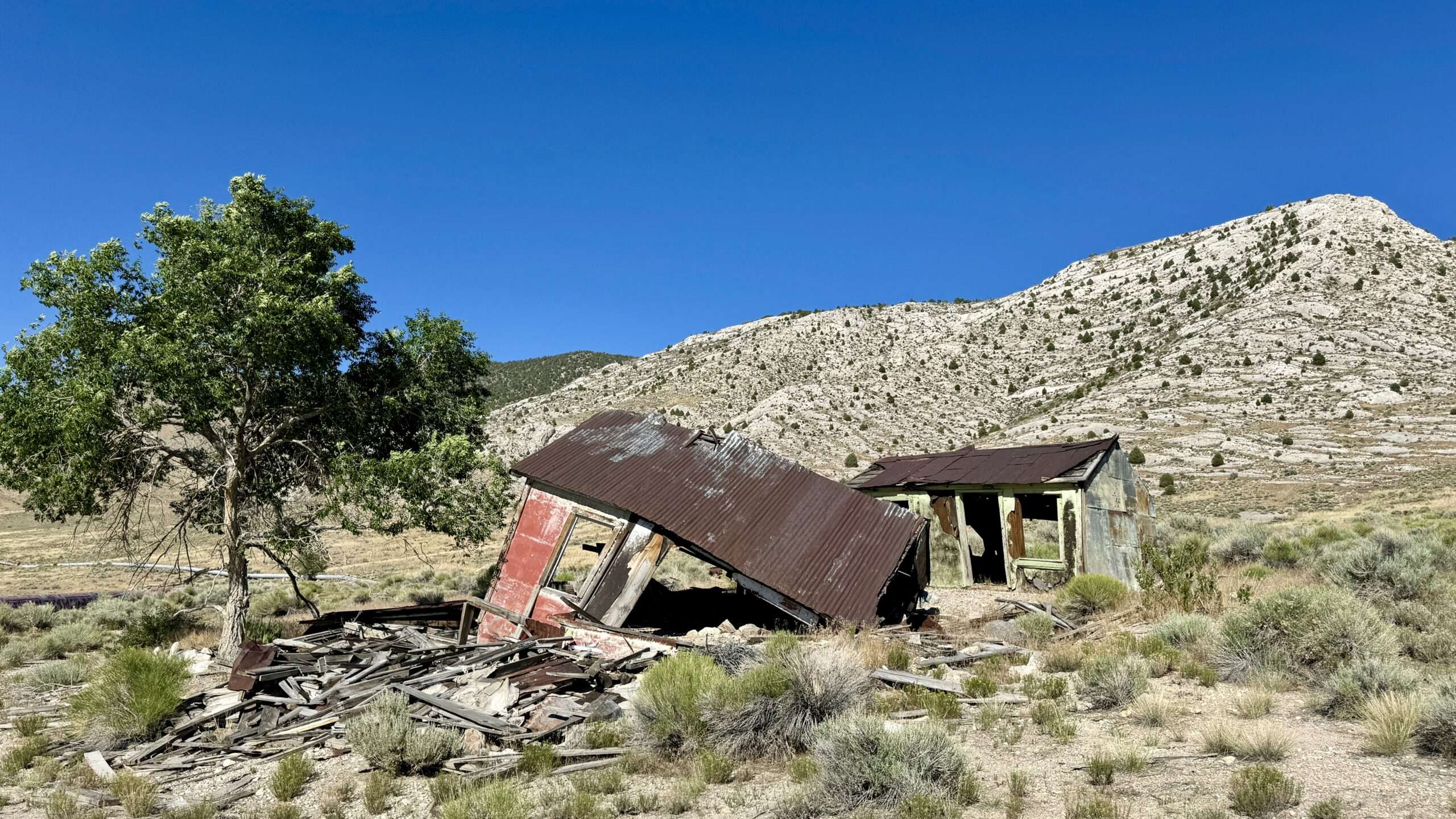
The winter of 1948-49 was particularly difficult. Only one resident with a Jeep could navigate the roads from McGill to Steptoe City. Most residents moved, leaving only Casey Jones and her husband, five elderly tenants and two Navajo families. For Christmas, Casey took her bachelor neighbors mince pie, homemade bread and chokecherry jelly. After the long winter, the Jones decided they had enough and headed to warmer weather in Southern California.
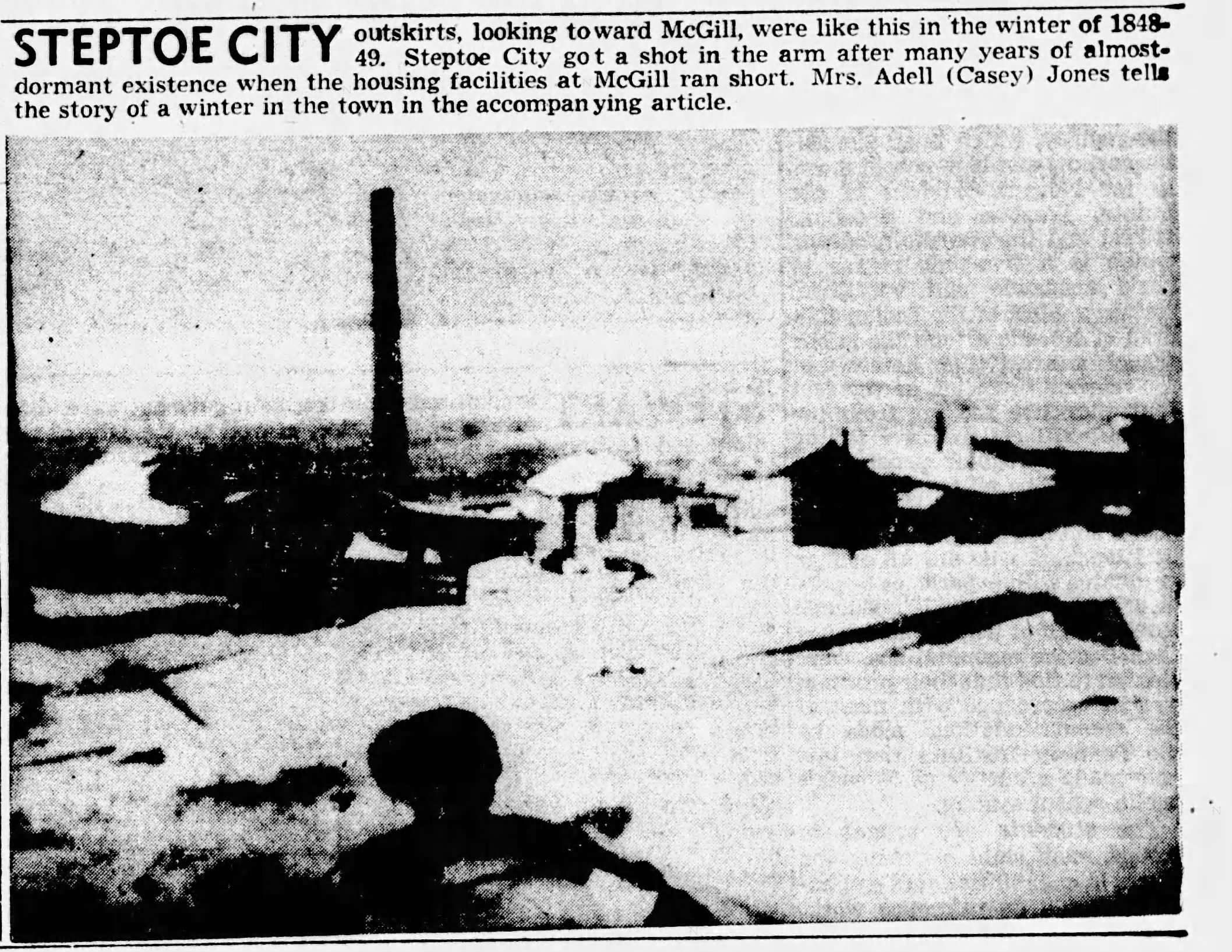
(Nevada State Journal Sunday, February 27, 1955)
Old Leo’s Lost Buried Treasure

(Photo credit: CNET)
One of Mrs. Ella Moore’s stories was the tale of Old Leo’s Gold.

(Photo credit: Wikipedia)
Old Leo was a colorful character who resided in Steptoe City. Living as a miser, he amassed several thousand dollars of gold. Described as eccentric, Old Leo prayed to Luna, the Moon Goddess.

Drawing c 1630 – c 1673
Old Leo believed Luna spoke to him, advising him to bury his gold. If Old Leo followed her directions and ate three tablespoons of dirt from the burial site each day, his small fortune would increase, making him a wealthy man.

One moonlit night, Mrs. Ella Moore followed Old Leo up Ghost Mountain to a hidden cave. Spotting his tail, Old Leo became incensed, and Mrs. Moore wisely returned home, never learning the location of the gold.
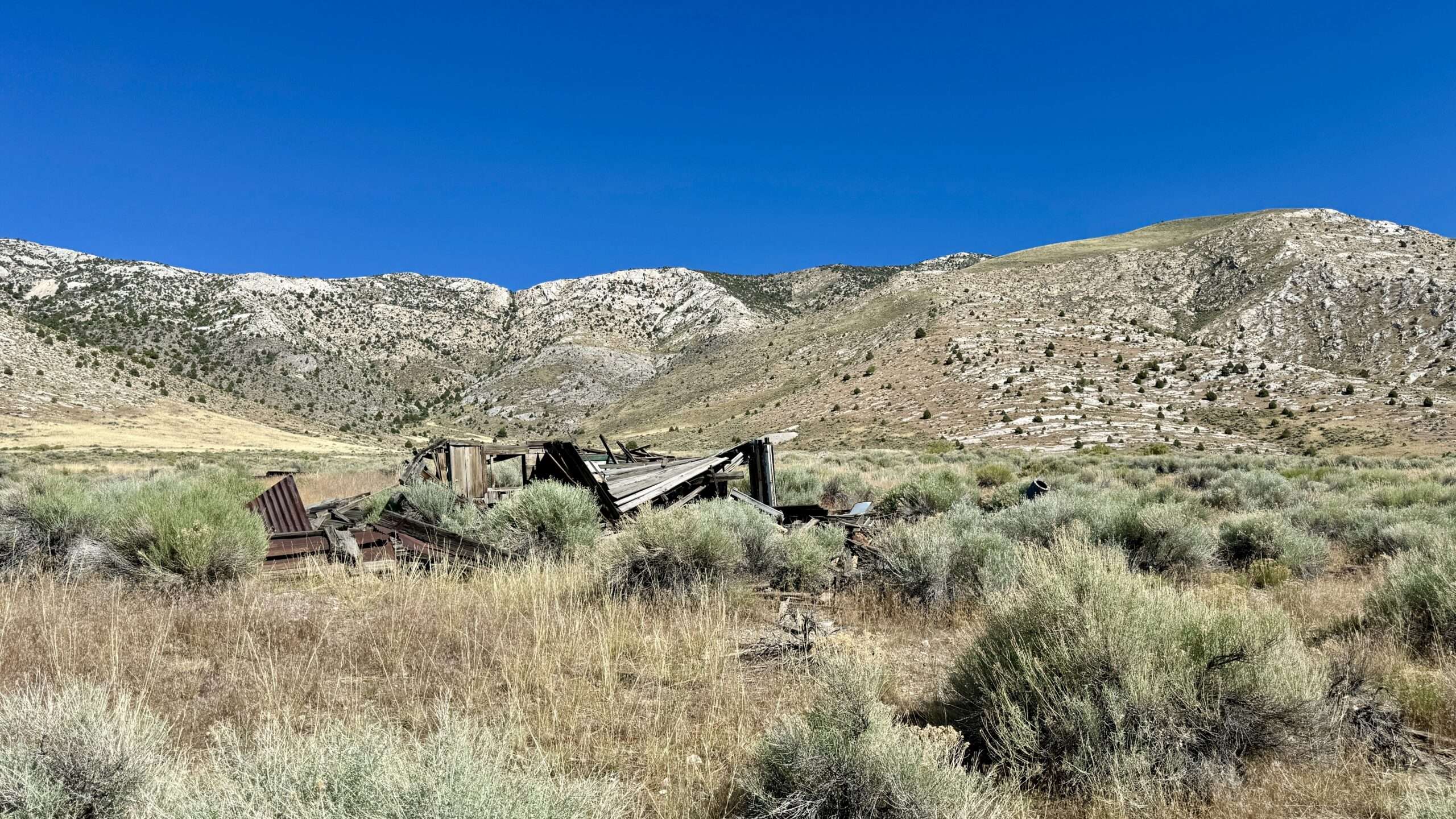
We may never know if Old Leo’s fortune increased while underground. Luna failed to mention to Old Leo that eating three tablespoons of dirt a day would also result in his own burial. Mrs. Ella Moore searched Old Leo’s cabin after his death, only finding a $20 gold piece.

(Photo credit: Golden Eagle Coins)
Treasure hunters and Boy Scouts spent their summers searching for Old Leo’s Gold, to no avail. Old Leo’s Gold is another of Nevada’s lost treasures.
WANT MORE GHOST TOWNS?
For information on more than five hundred ghost towns in Nevada & California, visit the Nevada Ghost Towns Map or a list of Nevada ghost towns.
Learn about how to visit ghost towns safely.

References
References
- Carlson, Helen S. Nevada Place Names: A geographical dictionary. University of Nevada Press, 1974. Page 223-4.
- Gamett, James and Stanley W. Paher. Nevada Post Offices: An illustrated history. Nevada Publications, 1983. Page 122.
- Hall, Shawn. Romancing Nevada’s Past: Ghost towns and historic sites of Eureka, Lander and White Pine Counties. University of Nevada Press, 1994. Pages 191-192.
- Myrick, David F. Railroads of Nevada and Eastern California: Volume 1. University of Nevada Press, 1990. Pages 100, 113, 114, 117, 134.
- Nevada Department of Wildlife: Steptoe Valley Wildlife Management Area
- Nevada Expeditions: McGill
- Nevada State Journal, by Casey Jones. Steptoe City was a ghost town that didn’t give up the ghost. February 27, 1955.
- Online Nevada Encyclopedia: Ripetown
- US Gen Web: White Pine Nevada ghost town sites
- Wikipedia: Edward Steptoe
- Wikipedia: Steptoe Valley
Ken says
Enjoyed your story.
Tami says
Thanks, that was a fun find. I’m recording it this morning for Radio Goldfield.
Anonymous says
This was a connection to my past living in McGill,thanks for this article!
Tami says
Welcome, and I’m glad you enjoyed it. I liked McGill; It’s such a nice-looking town with a cool history.
ROGER PETERSON says
Tami, Love your ghost town pictures and stories! Keep them coming!
Tami says
Thanks, this became one of my favorites!
Scott says
Great story. I like your photo illustration of the three spoons of dirt too.
Tami says
Thank you, I gave my daughter “creative control.”